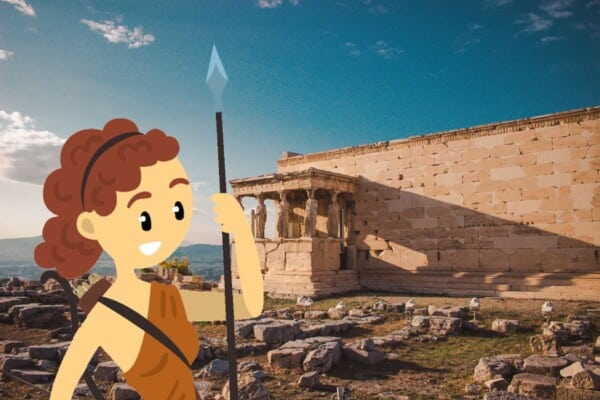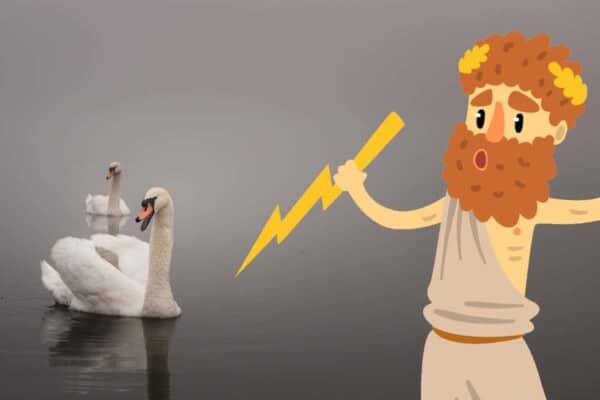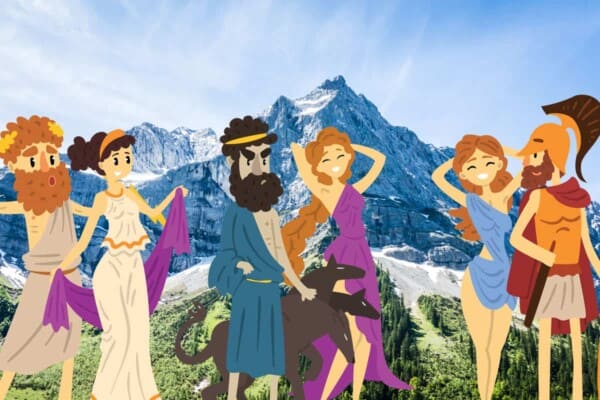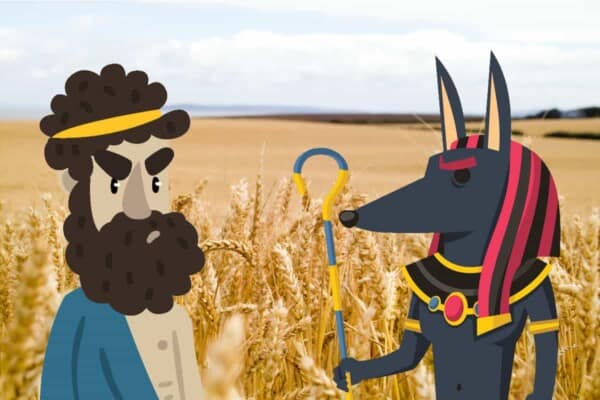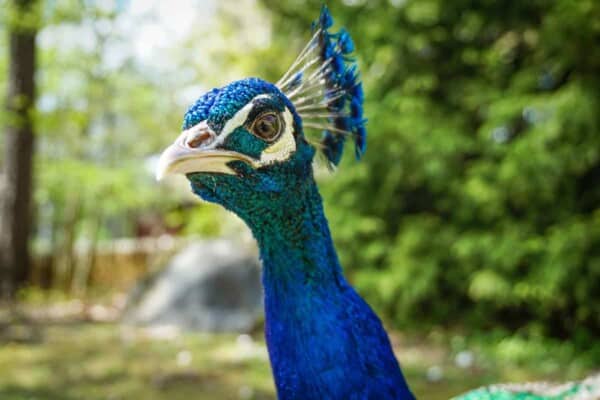Persephone, queen of the Underworld, is one of the most popular figures in current Greek mythology. The wife of Hades who ruled equally by his side, her abscondence from Olympus and her marriage to Hades has inspired many modern works. From webcomics like Lore
Olympus to videogames like Hades and several young adult romances, Persephone continues to capture the popular imagination.
The following facts are some of the stories of Persephone that have existed since antiquity. They blend modern and ancient interpretations, and explore just what is so fascinating about this powerful, kind, and terrifying Underworld goddess.
Interesting Facts About Persephone
1. Persephone’s parents were siblings
She was the daughter of Zeus and Demeter. Hades, her husband, was her uncle twice over. Her half-siblings included Athena, Apollo, Artemis, Ares, and possibly Hephaestus, as well as several demigods.
2. The “Rape” of Persephone is an inaccurate translation
Classical studies often portray her abduction by Hades in this way. However, Hades took her with Zeus’s permission, and the word used in Ancient Greek is αρπαγή (arpagi). Rather than rape, this word is more accurately translated as ‘seize’, ‘acquisition’, or similar.
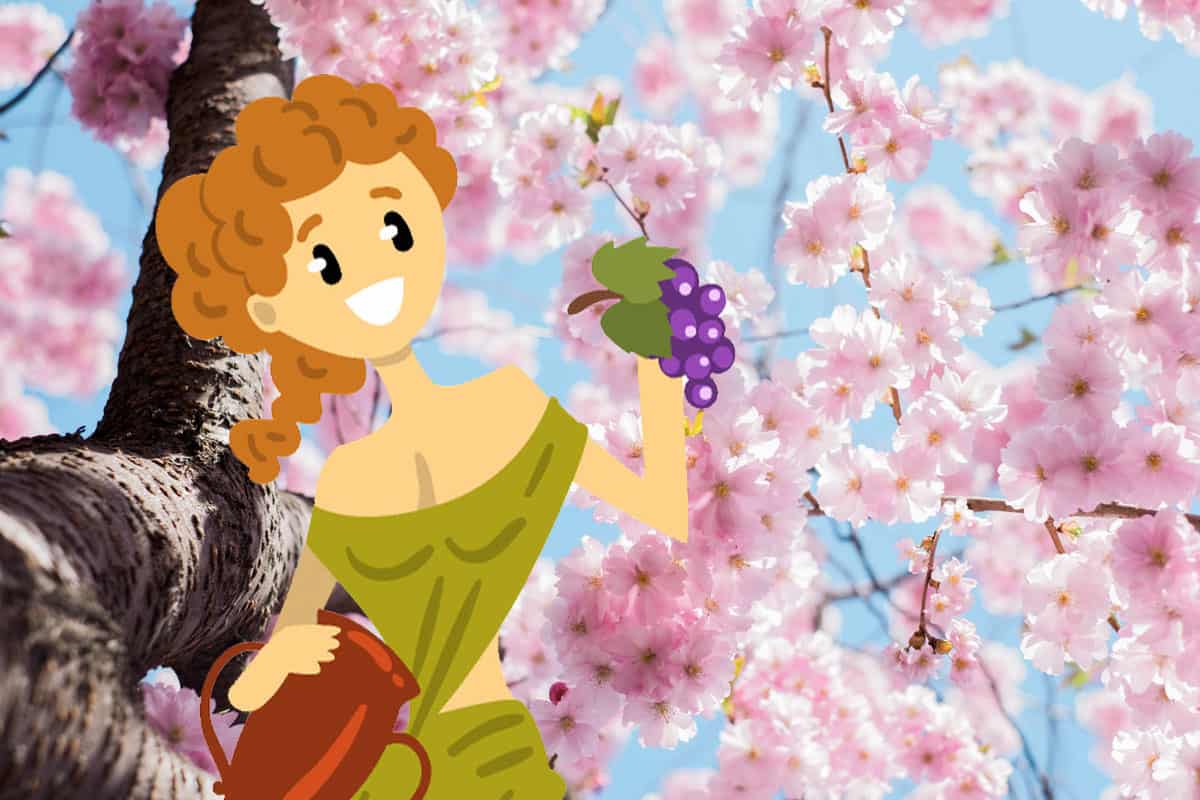
3. Persephone’s mother, Demeter, was the only one against her marriage to Hades
Demeter refused permission, but was overruled in secret by Zeus. When she discovered after a long search that Persephone had gone to the Underworld, Demeter refused to let crops grow on earth until Persephone was returned to her.
4. Persephone ate pomegranate seeds which bound her to the Underworld
Because of this, Zeus arranged that she would spend half the year with Hades and half with Demeter. In some versions, Hades tricked her into eating the seeds, while in others she ate them willingly. Interestingly, this is similar to Celtic mythology where eating faerie food binds a person to their world.
5. Before her marriage to Hades, she was known as Kore, meaning ‘maiden’ or ‘daughter’
The folk etymology of Persephone, however, is ‘bringer of death’. Kore (κόρη) is still used in Modern Greek to mean ‘daughter’.
6. Persephone was associated with death, Spring, and water
These seemingly contradictory dominions represent the duality of her time on Olympus and her rule over the Underworld. As a water goddess, she was known as Nestis – this was partly because using ‘Persephone’ was a bad omen.
7. Her Roman equivalent, Proserpina, was married to and sibling of Liber, the equivalent of Dionysus
Proserpina was also known as Libera. Liber and Libera were children of Ceres (Demeter). This reflects and distorts the Orphic interpretation of Persephone and Dionysus.
8. In Orphic mythology, she was the mother to the first Dionysus
The Orphics believed that Persephone’s son, Zagreus, was the first incarnation of Dionysus. In Orphism, Zeus and Hades were one and the same god, and with him Persephone was the mother of Dionysus-Zagreus. In more standard Greek mythology, Zagreus was Persephone and Hades’s son.
9. Her daughter Melinoë was a goddess of sacrifice
Hades fathered Melinoë, Plutus, and Zagreus along with several other children who may or may not have been Persephone’s children.
10. Persephone was foster mother and lover of Adonis
The mortal Adonis was Persephone’s only lover other than Hades. When his mother died, he was rescued by Aphrodite and brought to the Underworld for Persephone to raise. As an adult, the women quarrelled over his affection, but he eventually chose Aphrodite.
11. Along with Hecate and Demeter, Persephone was a key figure in Eleusinian Cults
The cult focused particularly around Persephone’s abduction myth, seeing it as symbolic of death and rebirth
12. As a goddess of both production and destruction, she was associated heavily with several other female deities
The following table shows these deities, their relation to Persephone as individuals, their dominion, and how Persephone was conflated with them.
| Name and role | Relation to Persephone | Area(s) of rule | Conflation myths |
| Demeter (Olympian) | Mother | – Sacred law – Harvest and grains | Persephone was a goddess of spring and rebirth, and a queen who enacted Underworld law |
| Rhea (Titans) | Grandmother | – Mother of the gods – Protectress – Wife of Kronos | Persephone was a figure who protected the Underworld and the ‘mother’ of Spring. Her husband, Hades, ruled over Tartarus where Kronos (his father) was imprisoned. |
| Artemis (Olympian) | Half-sister and second cousin | – Hunting – Wilderness – Chastity from men – Childbirth | As well as birth associations, Artemis and Persephone were both nature goddesses. As well, Artemis’s chastity links to Persephone as Kore, a maiden. |
| Gaia (Ge) (Primordial goddess) | Great-grandmother | – Anthropic version of the earth – Mother of all life | As well as the nature aspect, the trio of Demeter, Persephone, and Hecate (mother, maiden, crone) was considered a later representation of Gaia as the first entity. |
| Hestia (Olympian) | Aunt | – The hearth – Domesticity – Family – Virginity | As a wife and mother, as well as in the form of Kore, the maiden, Persephone represented the different aspects of Hestia. |
| Pandora (Human) | None, or grand-aunt and second cousin through Gaia and Hephaestus | – First human woman – Bringer of sin | Pandora and Persephone are related as innocents who later unleashed destruction upon the world |
| Hecate (Goddess) | First cousin once removed | – Magic – Necromancy – Crossroads – Herbs | Both were heavily associated with death. The crossroads also represented Persephone’s split nature between Olympus and the Underworld. |
| Isis (Egyptian goddess) | None, she was an Egyptian deity. Under Hellenic rule, she was sometimes known as Isis-Persephone or Isis-Demeter | – Magic – Queen of the Underworld – Resurrection – Divine mother | Isis and Persephone were the wives of the ruler of the Underworld and queens themselves. Both were also very associated with resurrection, especially with the Orphic interpretation of Persephone. |
Final Thoughts
Persephone is a goddess who continues to capture the popular imagination due to the many possible interpretations of her mythology. While some see an abduction, others see a successful bid for freedom, sexuality, and power. Perhaps this is why her story, more than many others, endures even today.
Contents
- Interesting Facts About Persephone
- 1. Persephone’s parents were siblings
- 2. The “Rape” of Persephone is an inaccurate translation
- 3. Persephone’s mother, Demeter, was the only one against her marriage to Hades
- 4. Persephone ate pomegranate seeds which bound her to the Underworld
- 5. Before her marriage to Hades, she was known as Kore, meaning ‘maiden’ or ‘daughter’
- 6. Persephone was associated with death, Spring, and water
- 7. Her Roman equivalent, Proserpina, was married to and sibling of Liber, the equivalent of Dionysus
- 8. In Orphic mythology, she was the mother to the first Dionysus
- 9. Her daughter Melinoë was a goddess of sacrifice
- 10. Persephone was foster mother and lover of Adonis
- 11. Along with Hecate and Demeter, Persephone was a key figure in Eleusinian Cults
- 12. As a goddess of both production and destruction, she was associated heavily with several other female deities
- Final Thoughts


